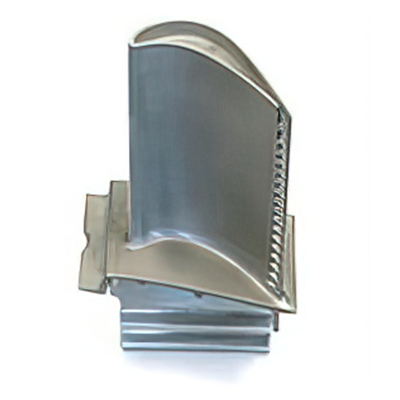Step By Step
 A ShapeGrabber 3D scanner enables fast, accurate, automated 3D scanning for industrial applications. Our 3D scanners are much faster and easier to use than traditional Coordinate Measuring Machines (CMMs), inspection guages, or calipers.
A ShapeGrabber 3D scanner enables fast, accurate, automated 3D scanning for industrial applications. Our 3D scanners are much faster and easier to use than traditional Coordinate Measuring Machines (CMMs), inspection guages, or calipers.
ShapeGrabber 3D scanners are particularly ideal for complex shapes with multiple features and compound curves, such as injection-molded plastics, stampings, castings, and more.
Unlike traditional methods that rely on the inspection of a few pre-programmed points, our non-contact 3D scanner technology captures hundreds of thousands of accurate data points representing the complete surface geometry of the part.
1. The 3D Scanner Process
When a part is placed on the auto-indexing table of an automated ShapeGrabber 3D scanner, the laser automatically scans and rotates the part to produce a”point cloud”. A point cloud consists of millions of closely packed 3D data points that capture the entire three-dimensional shape. Each data point consists of x, y and z co-ordinates of the surface.
The scan process requires only a matter of minutes for even the most complex-shaped part.
2. The 3D Inspection Process
Once the part has been scanned, the 3D scan data can be used for 3D measurement and inspection. Users simply open the part’s reference data file (normally in CAD format) using the inspection software included with the ShapeGrabber system. By specifying the part’s tolerance envelope and importing the point cloud data from the scan, the user can compare the reference data to the scanned information.
3. The Results
After comparing the point-cloud scan information with the reference data, the ShapeGrabber 3D scanner generates an inspection report which can be saved or printed. This highly visual report includes a color tolerance map: a color-coded 3D image of the part that is used to quantify the deviation of the part’s shape from CAD, including GD&T specifications, error maps, individual measurements listed in tabular format, cross-section analyses and more.
For further information on how a ShapeGrabber 3D laser scanner works or can be used in your environment, contact us using our Request for Information form.
4. Other Needs
ShapeGrabber 3D scan data is also used in other ways. For example, some customers scan parts that are known to be good so that they can:
- Inspect the part for wear analysis
- Perform trend analysis
- Model or reverse-engineer the part
- Archive the part
In all cases, the 3D scanner process is the same. The only difference is in the application software used. Learn more by browsing our 3D Scanner Articles.
